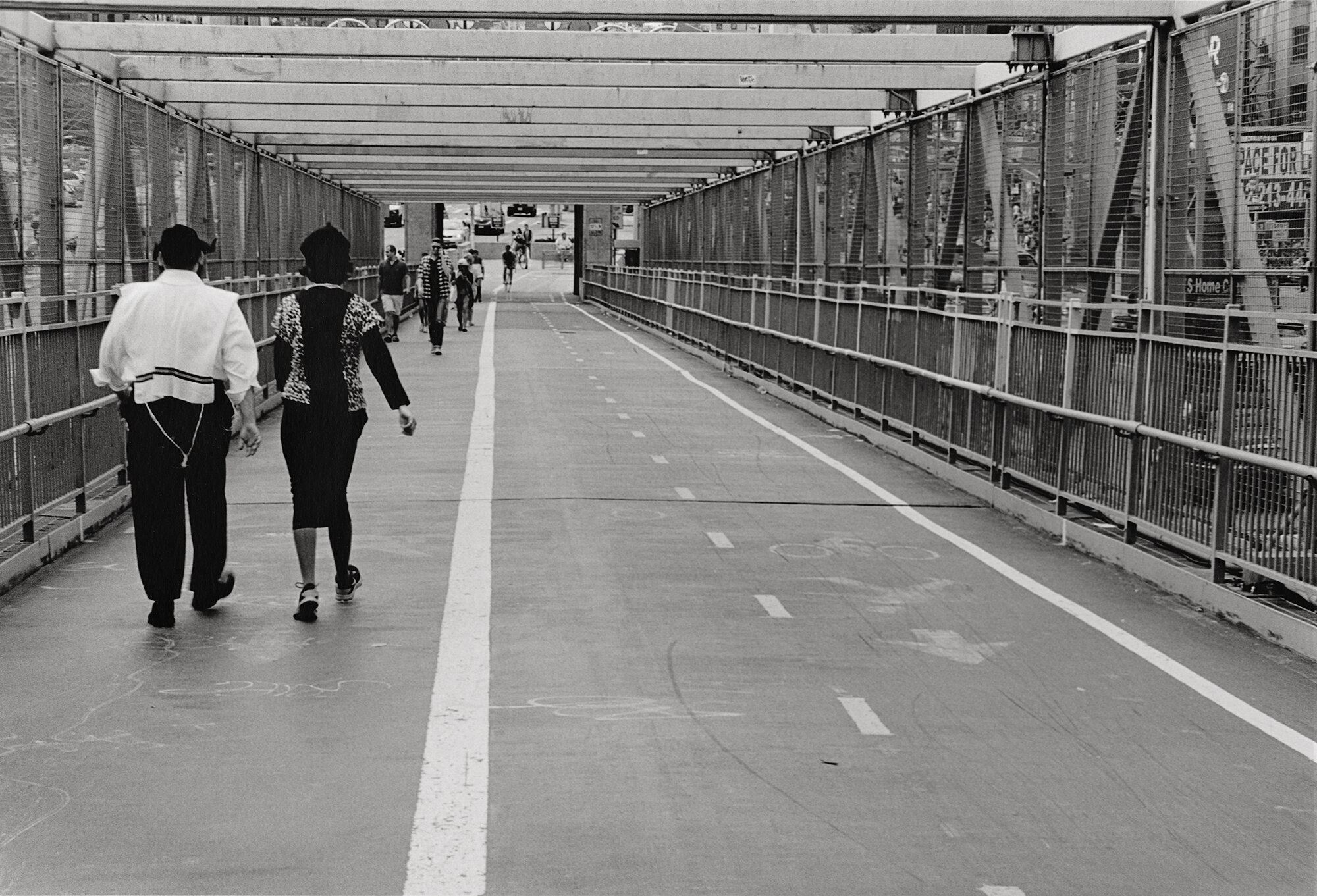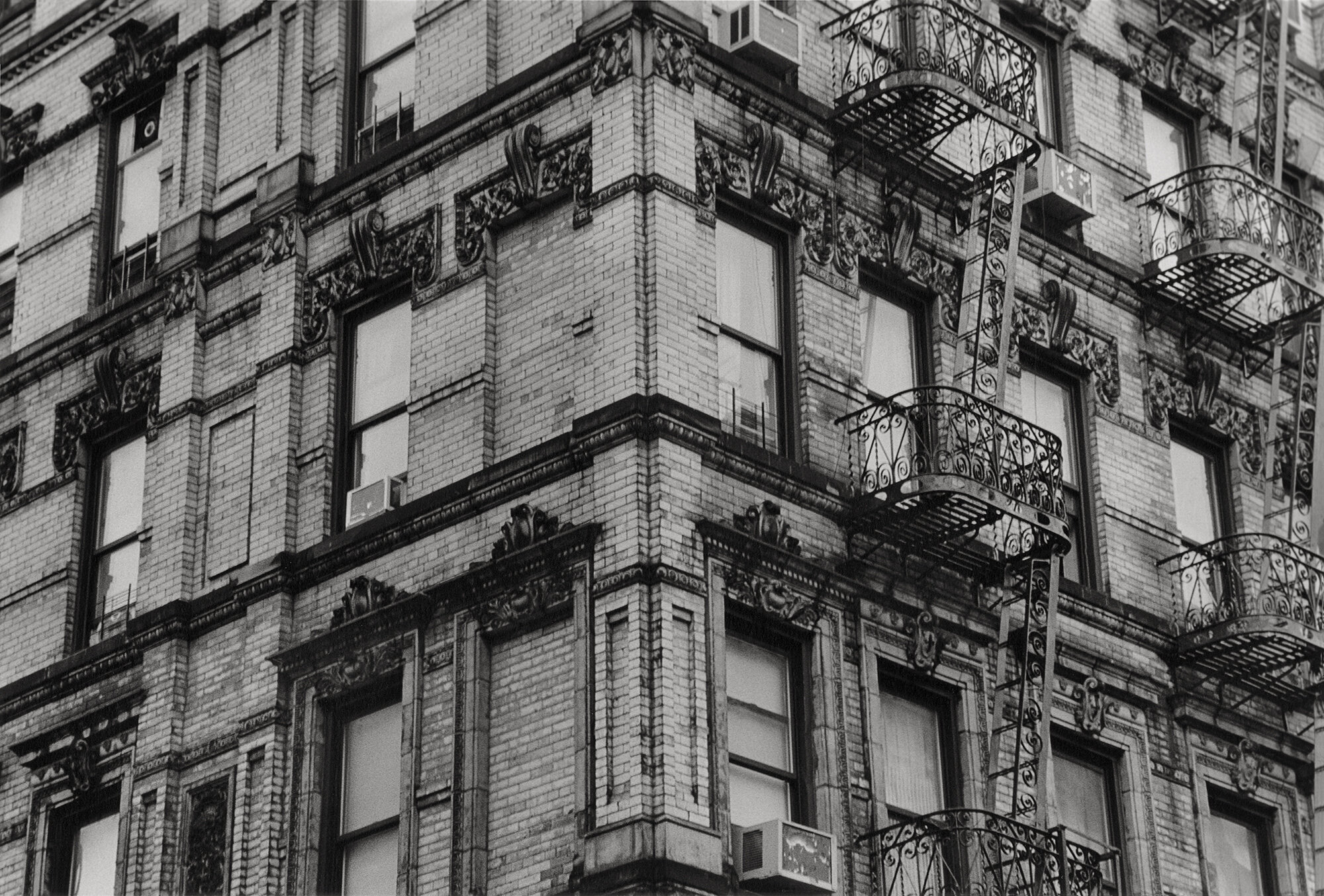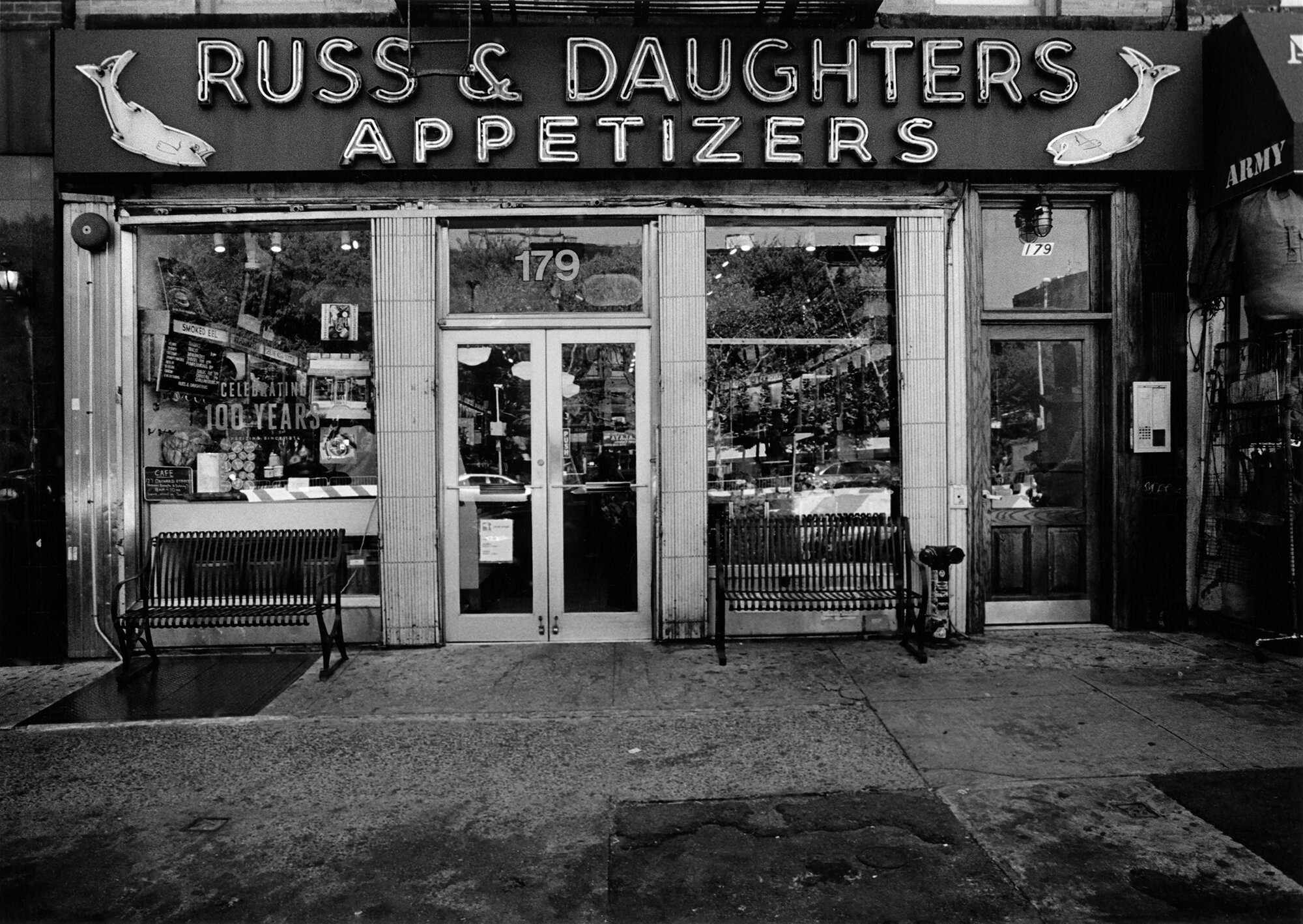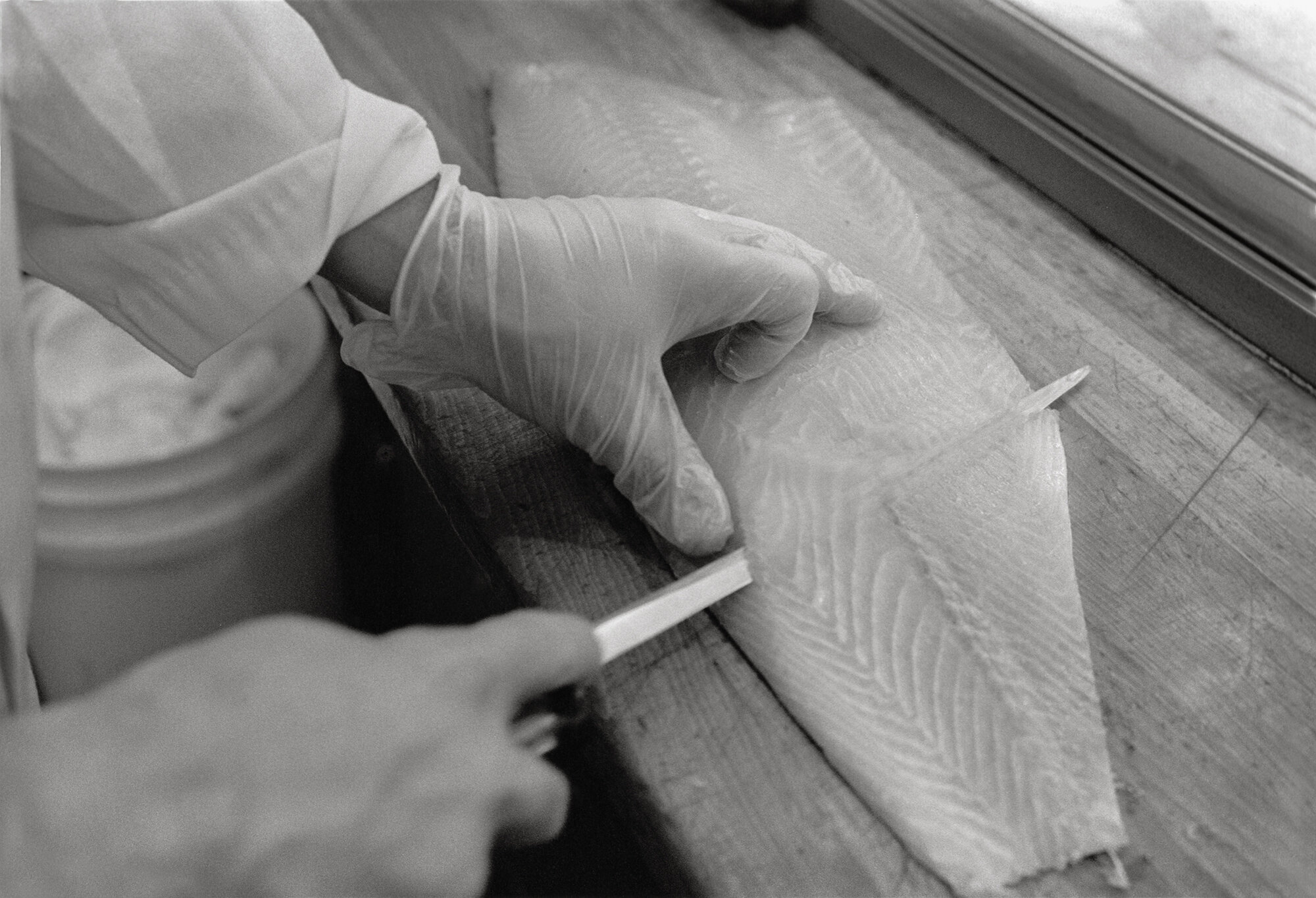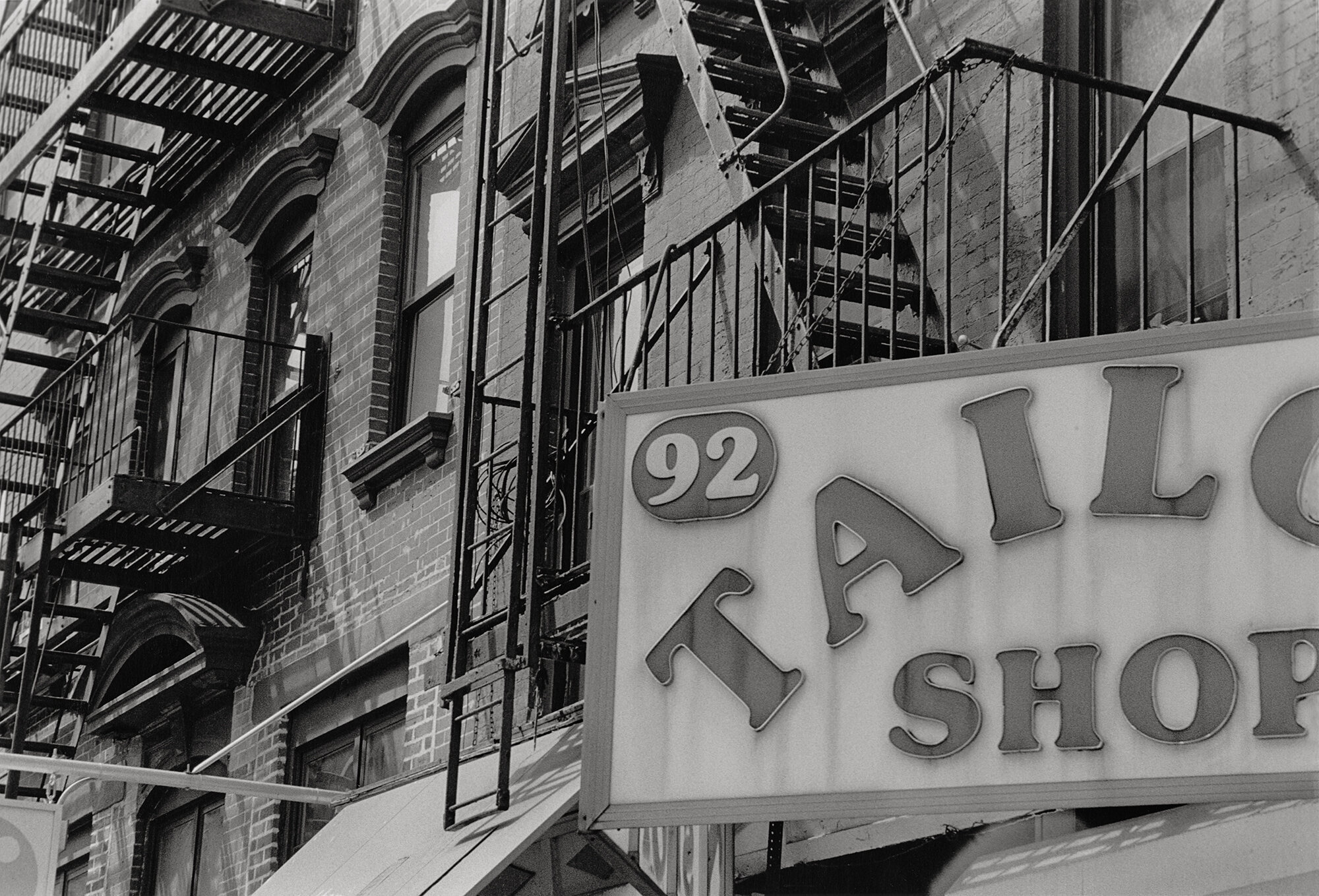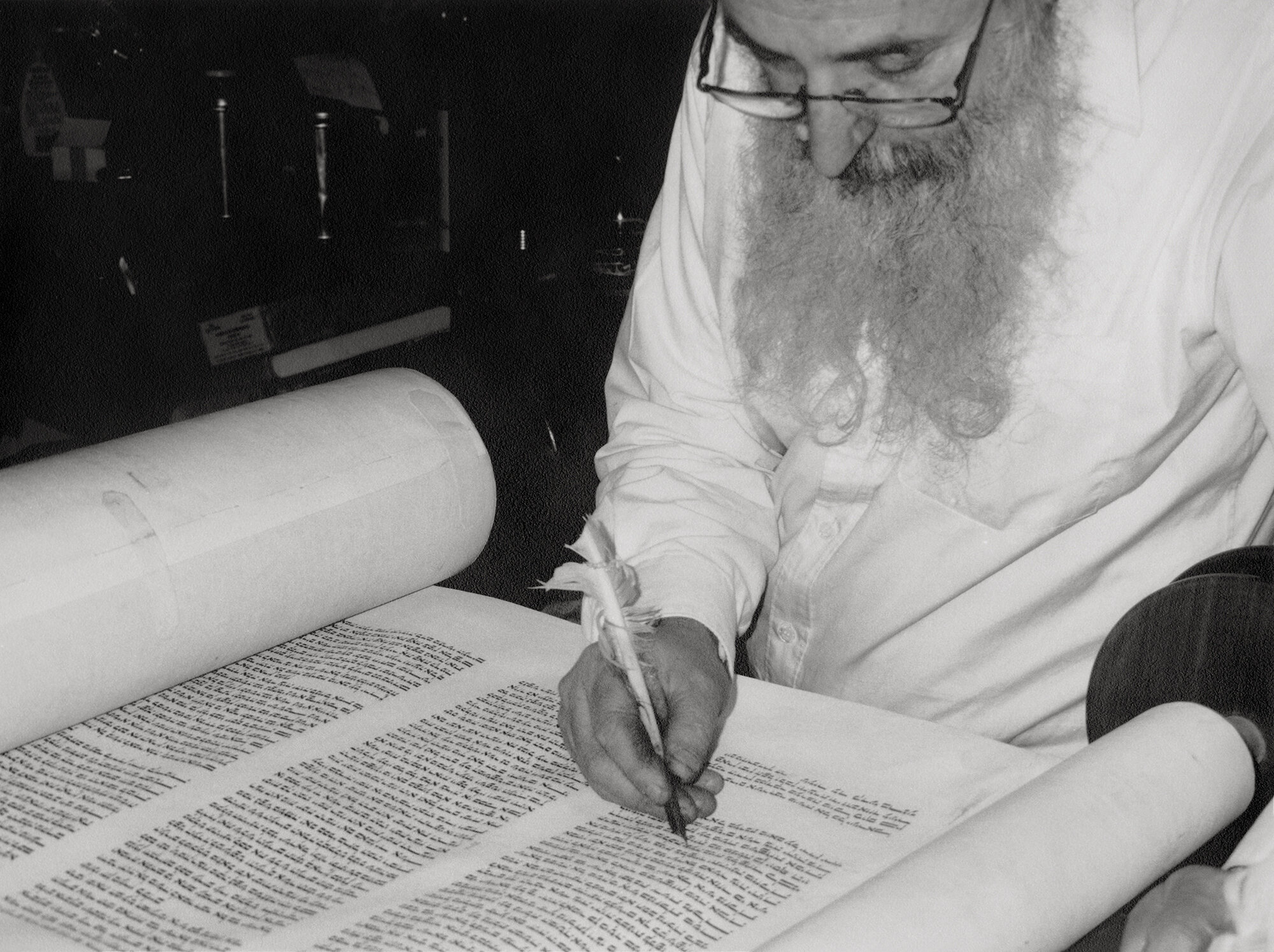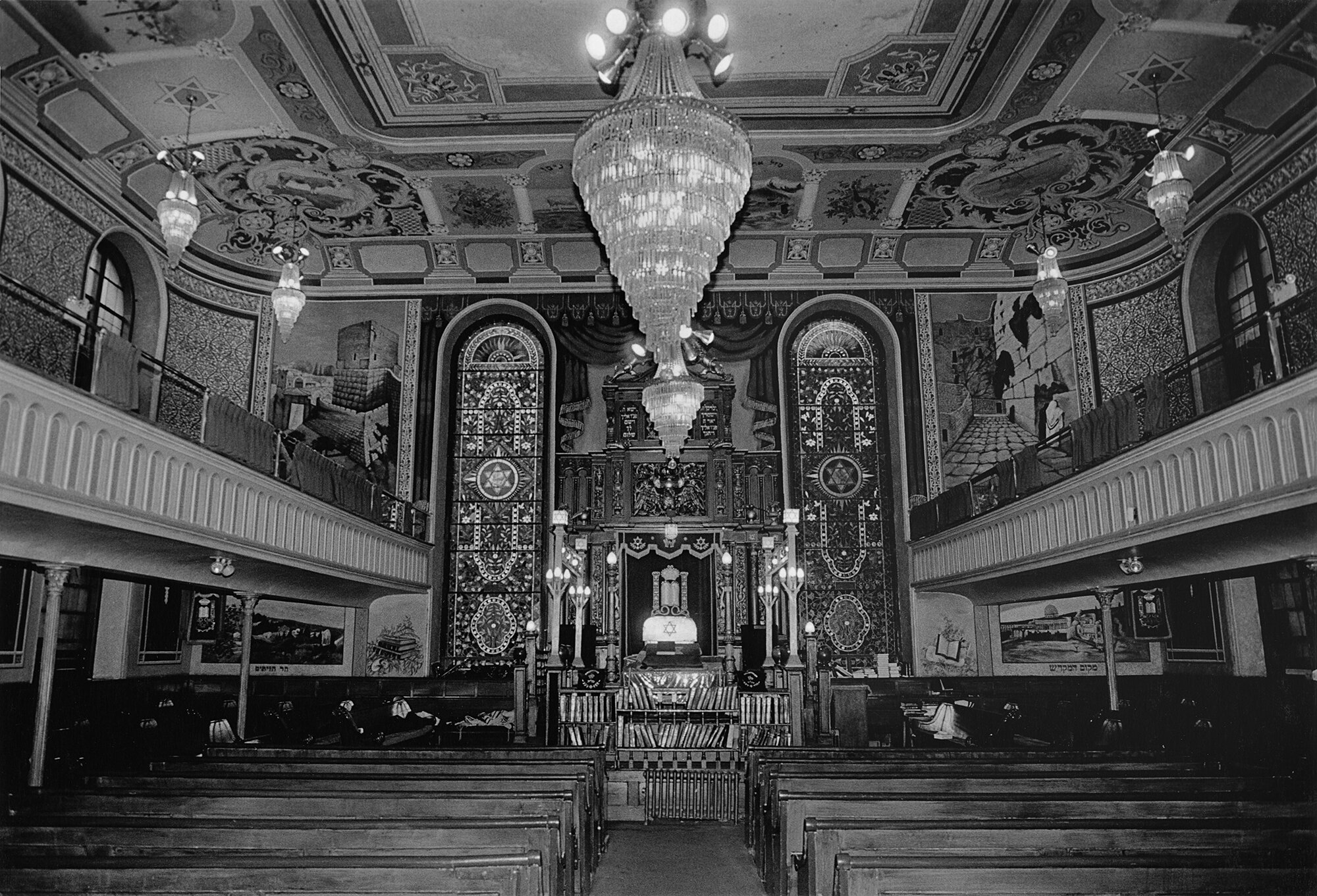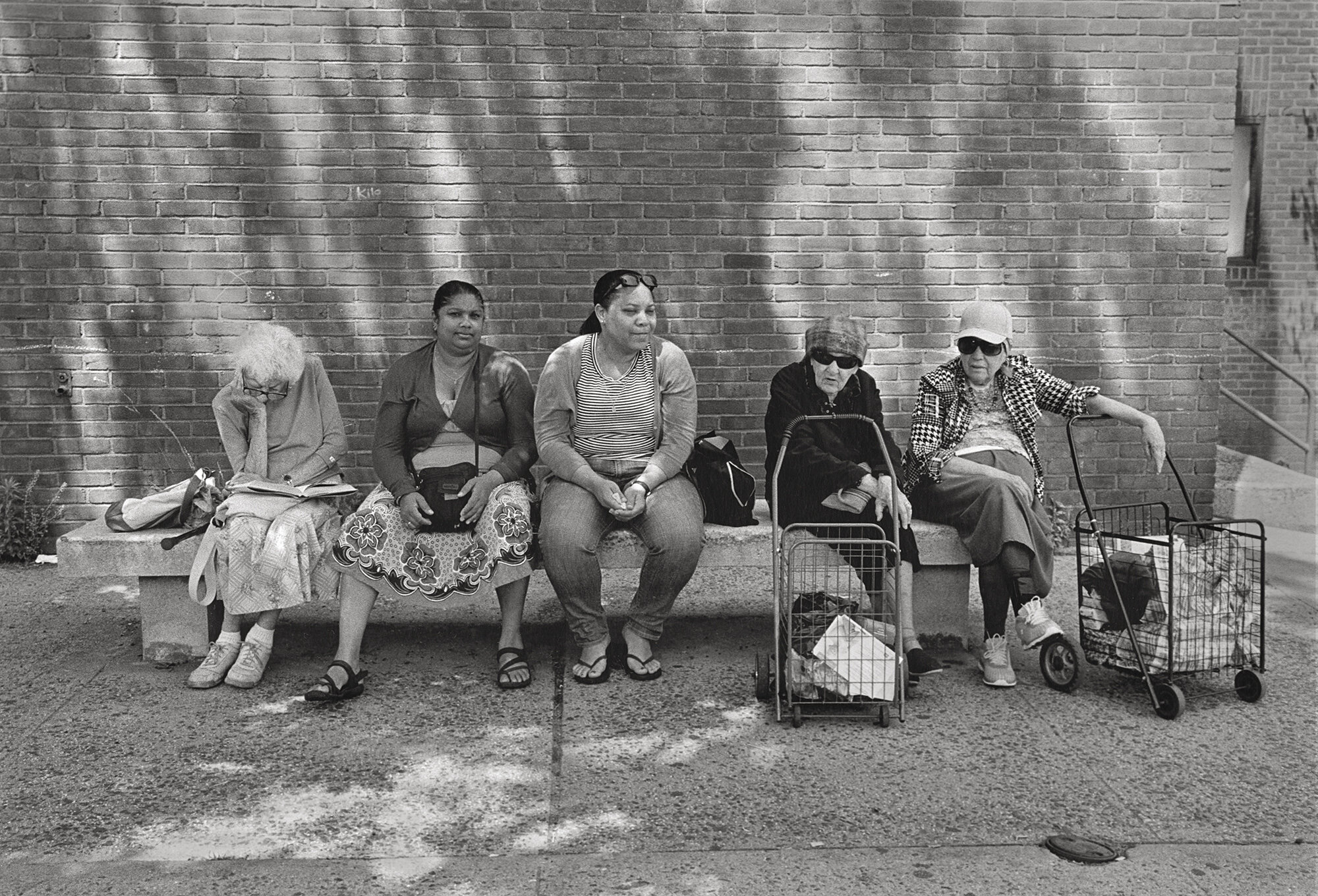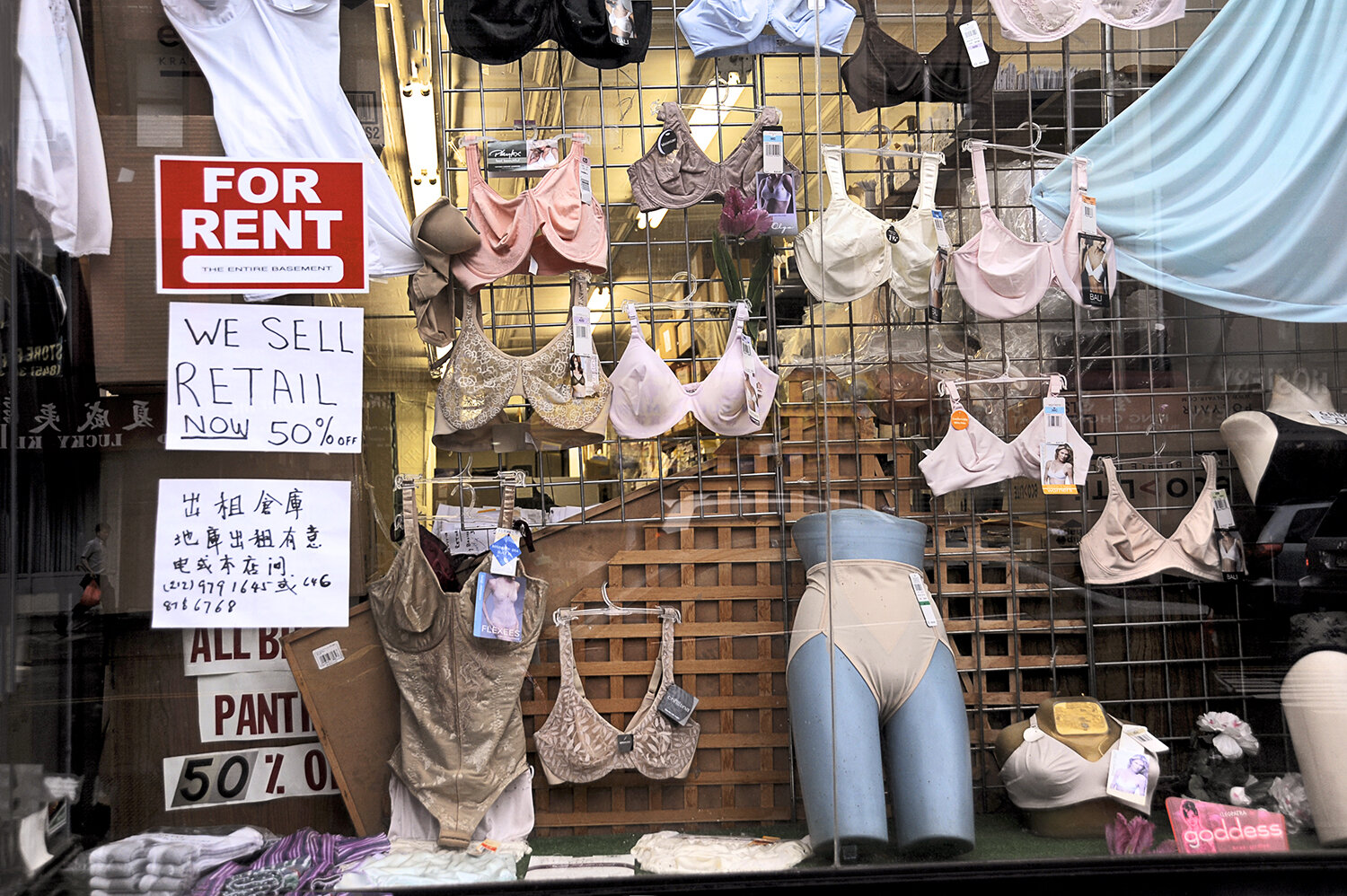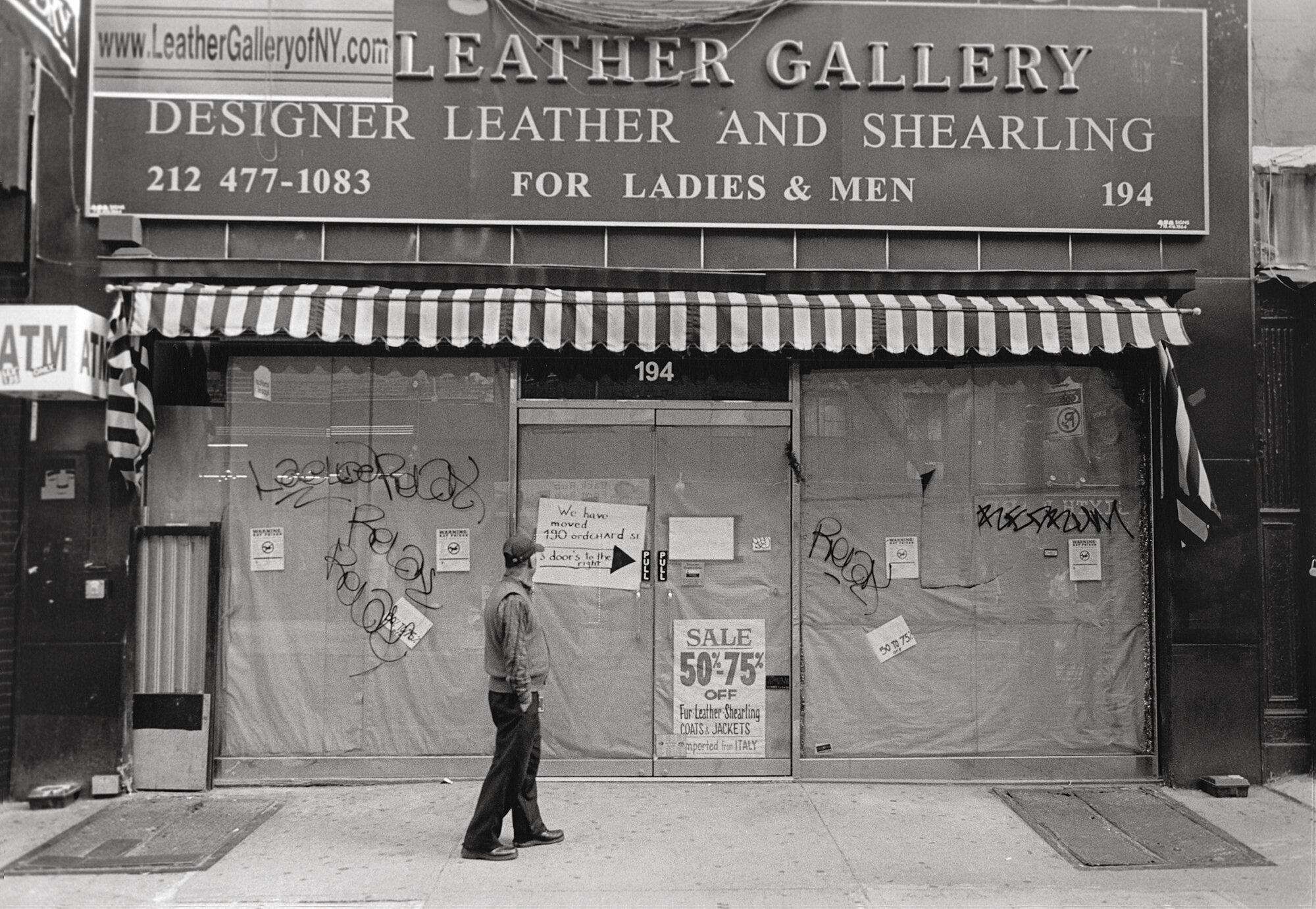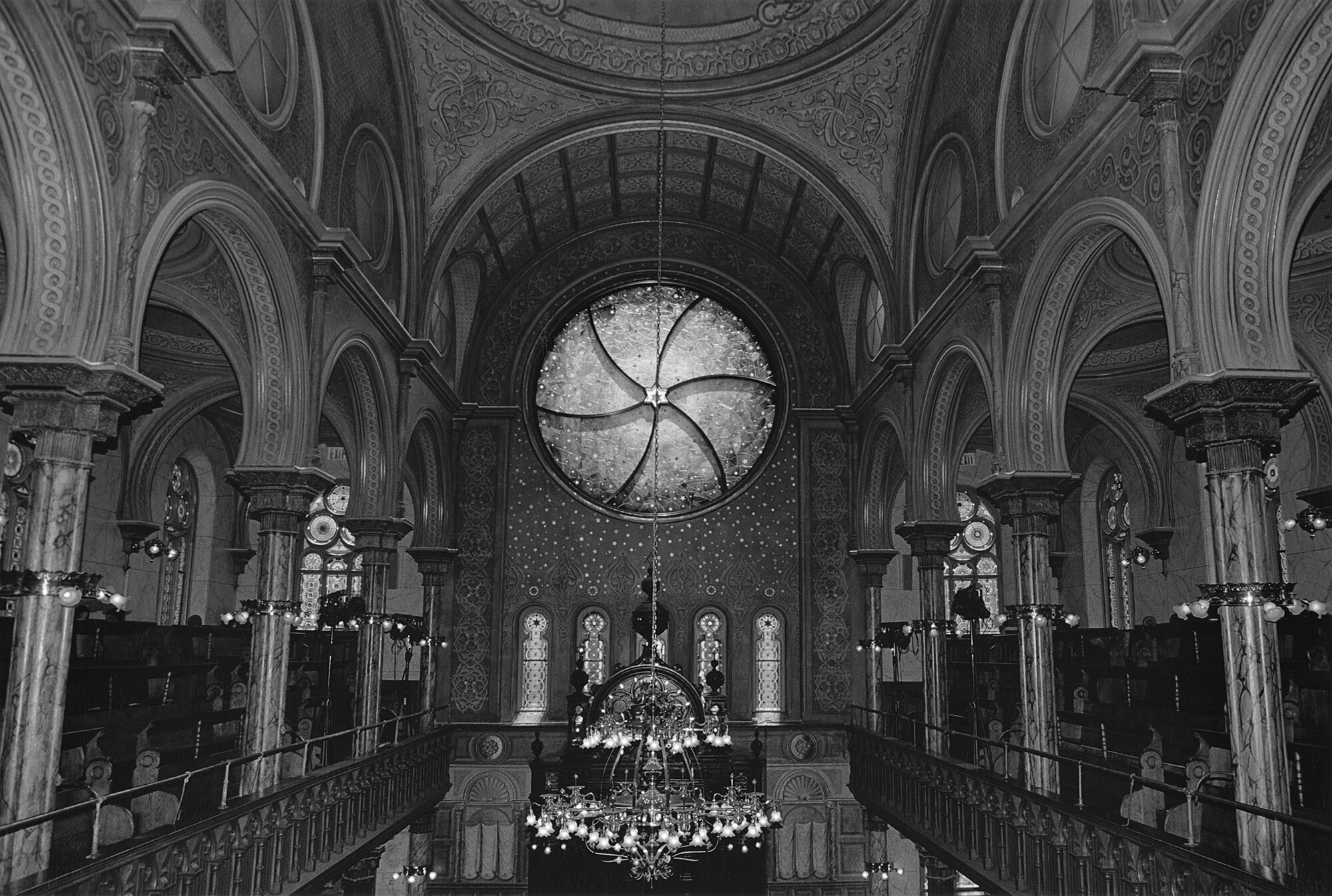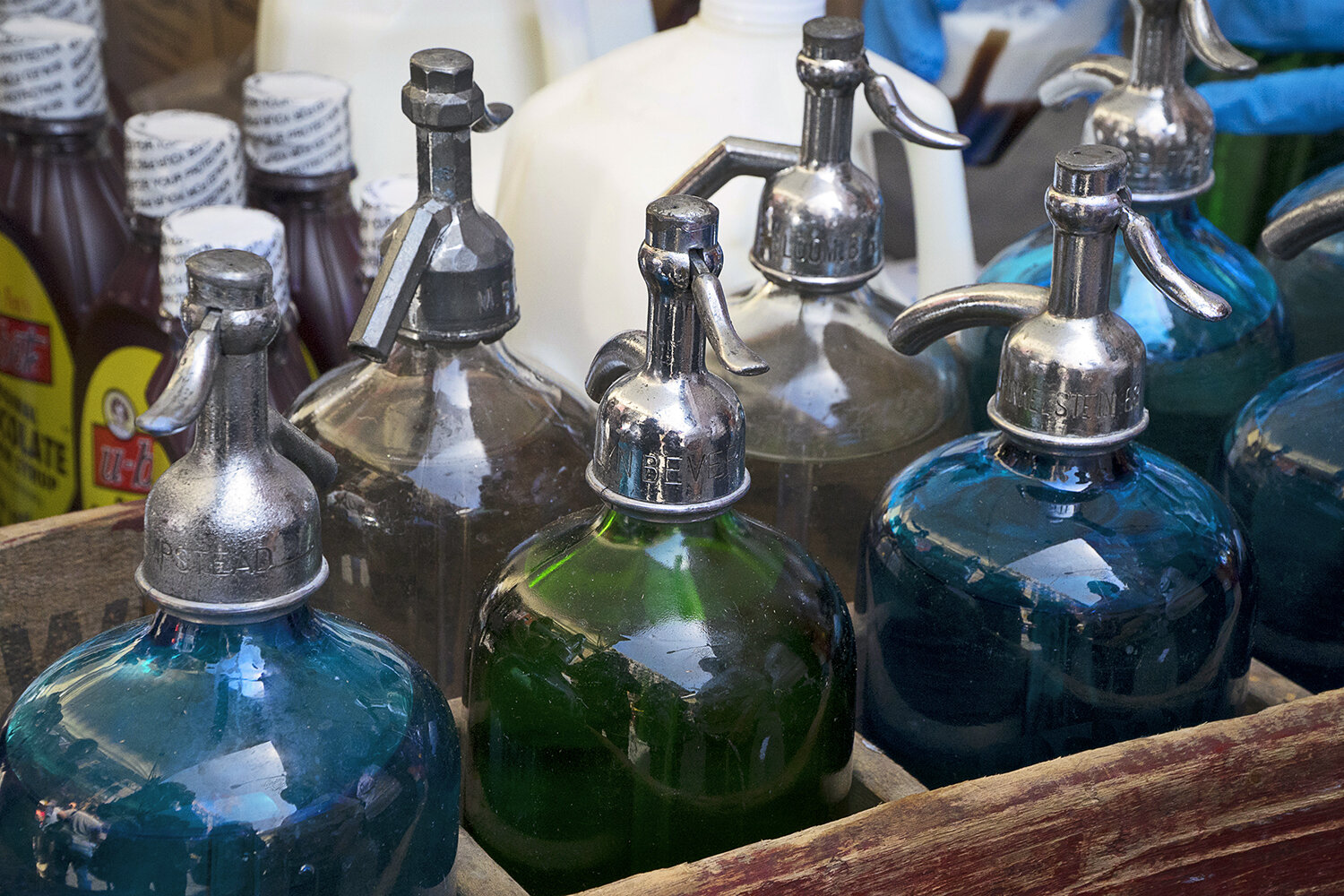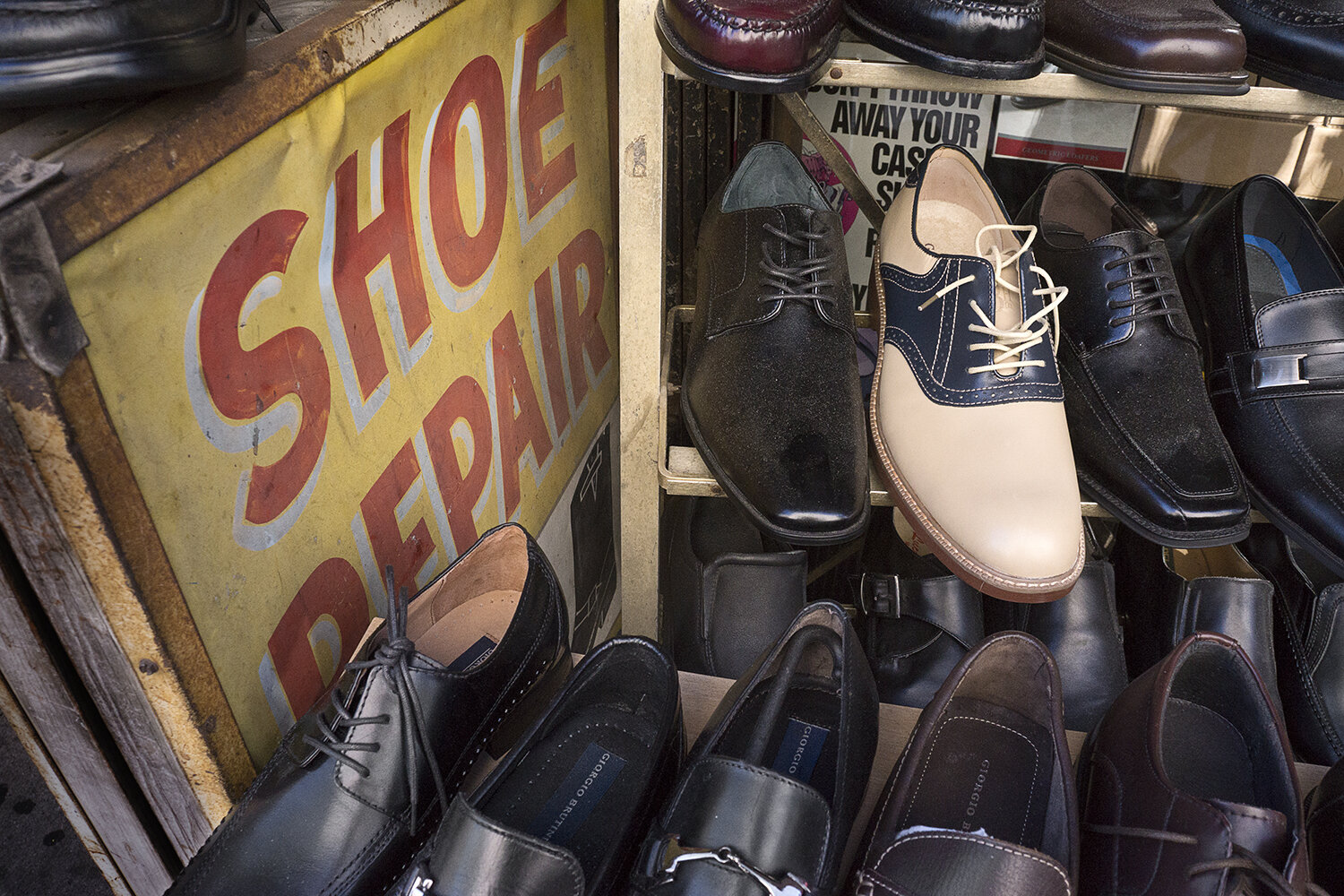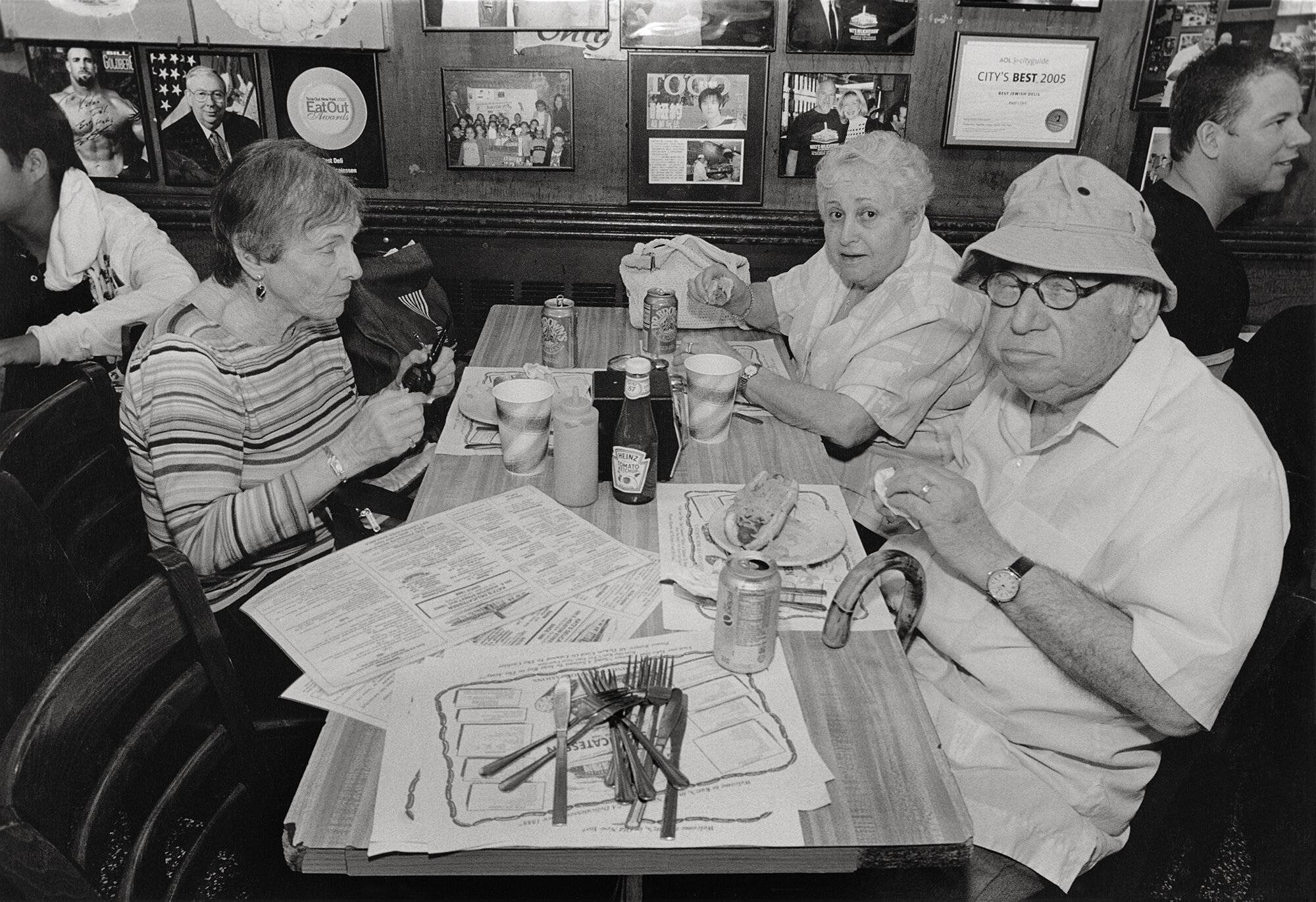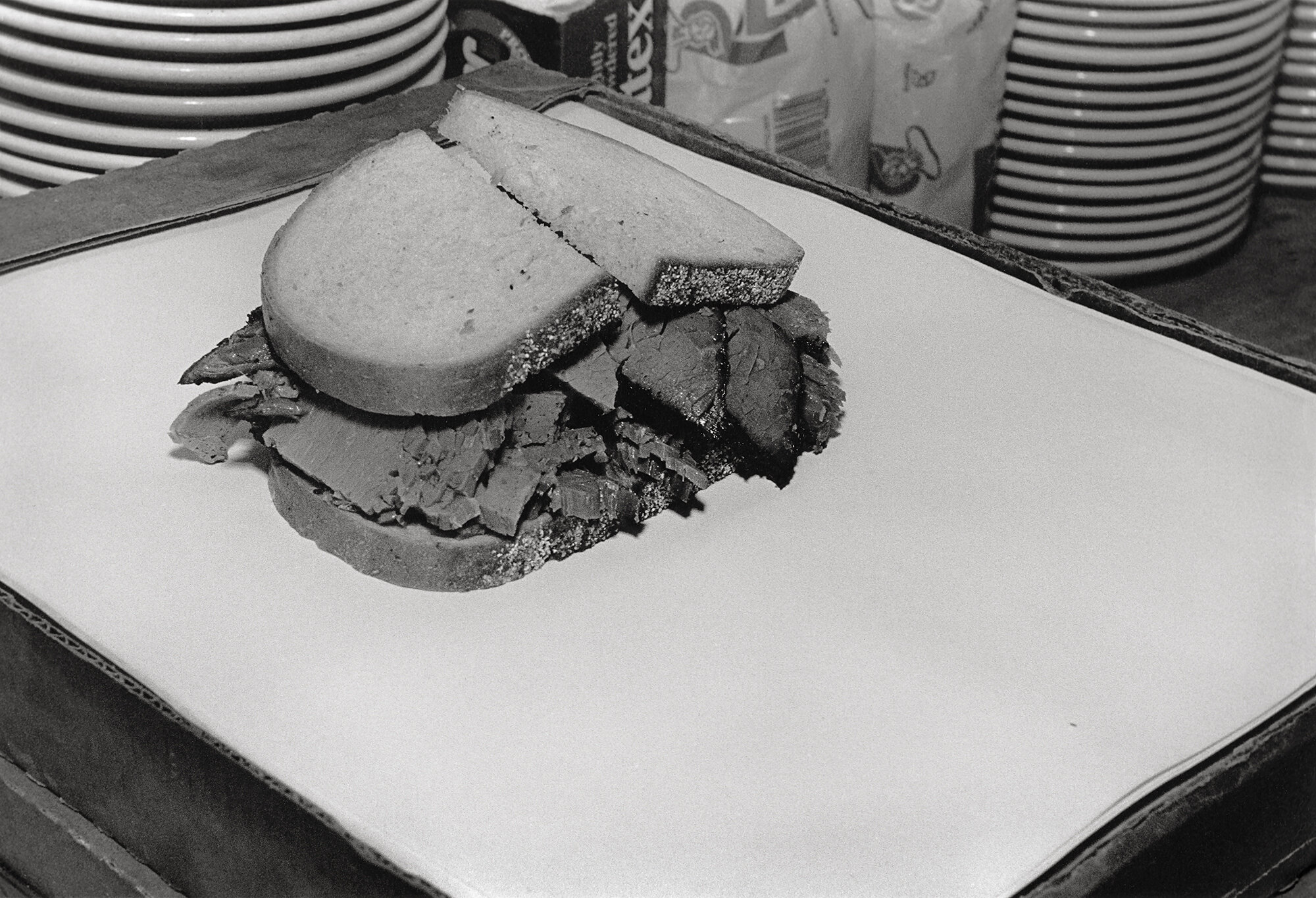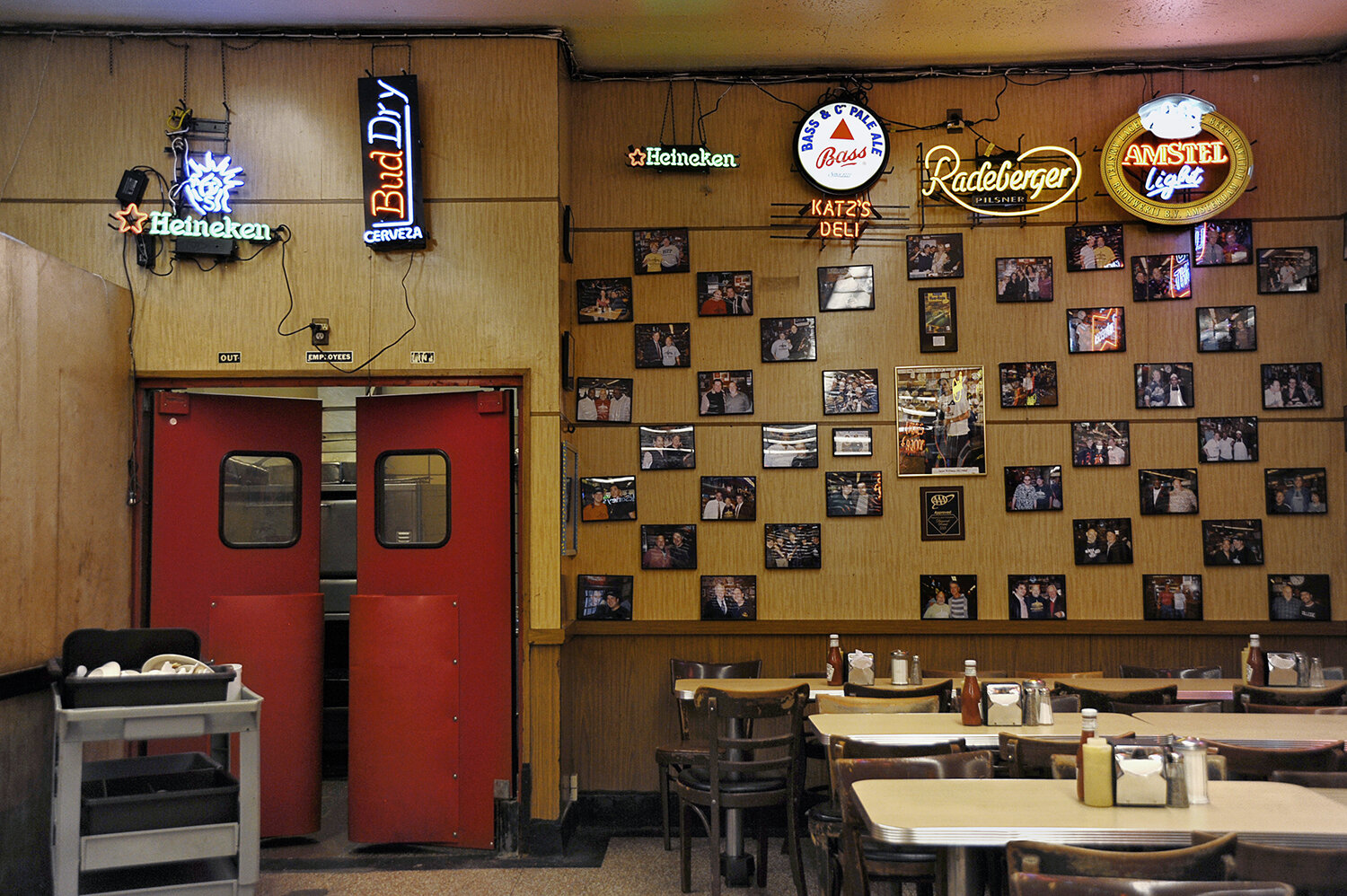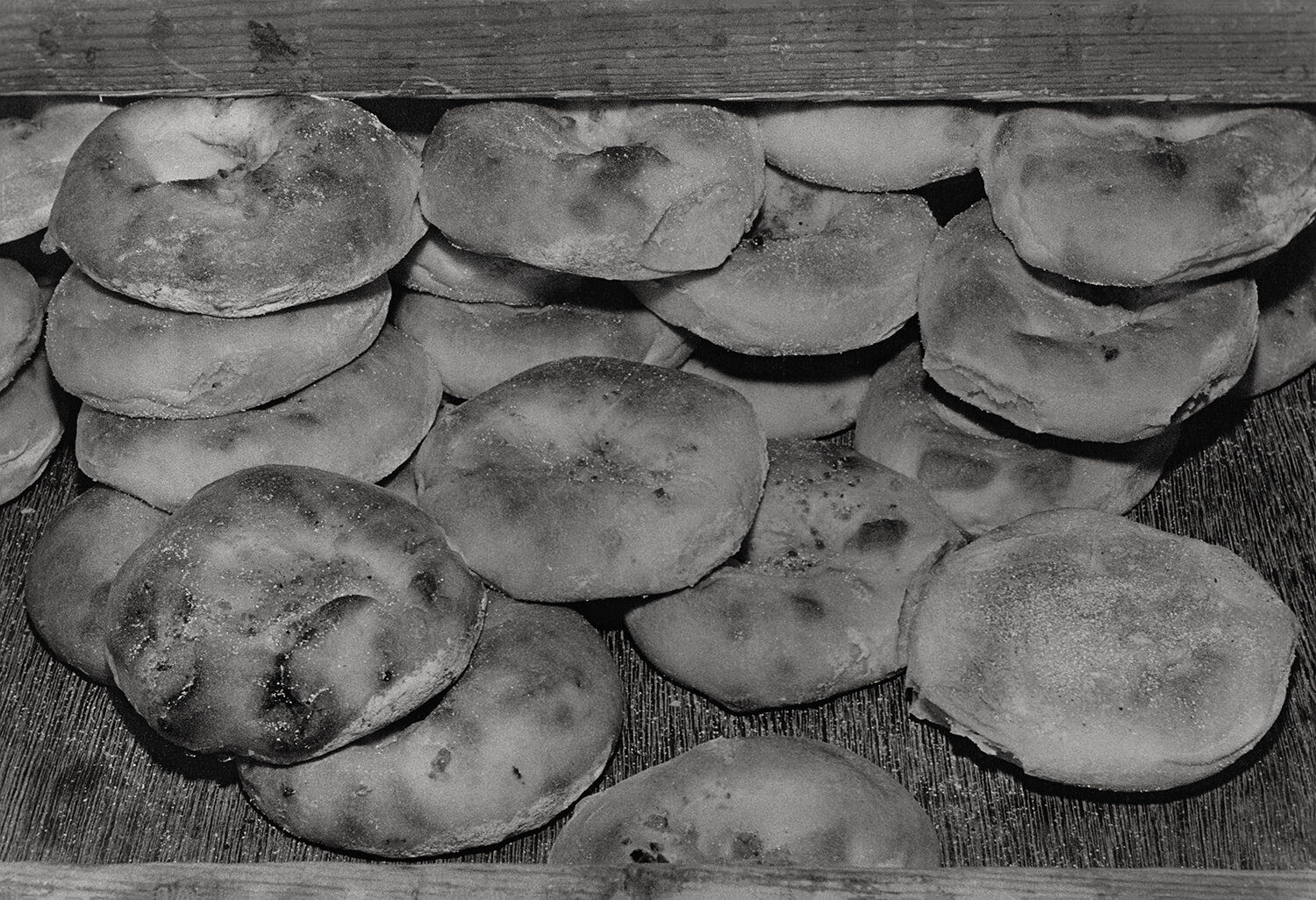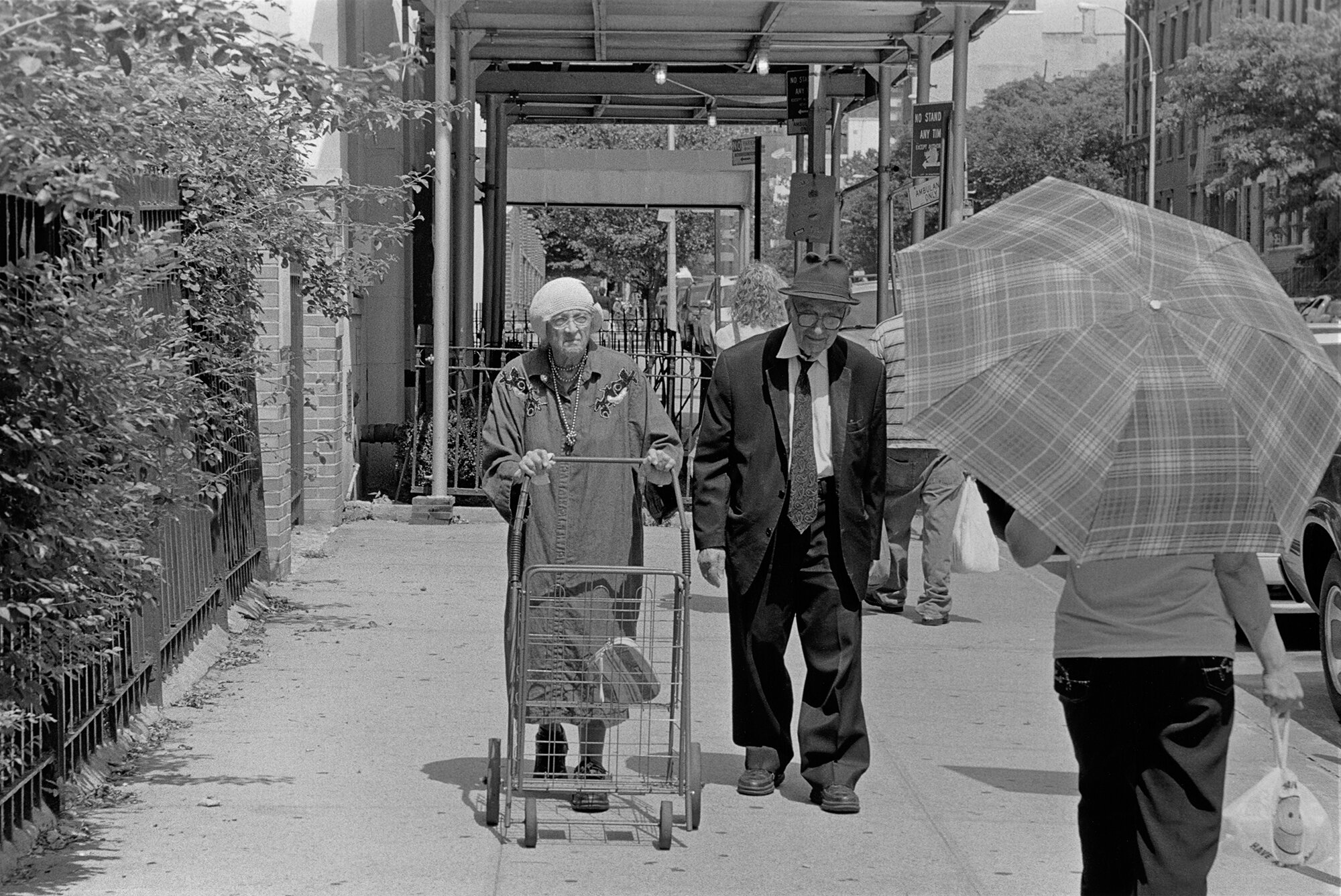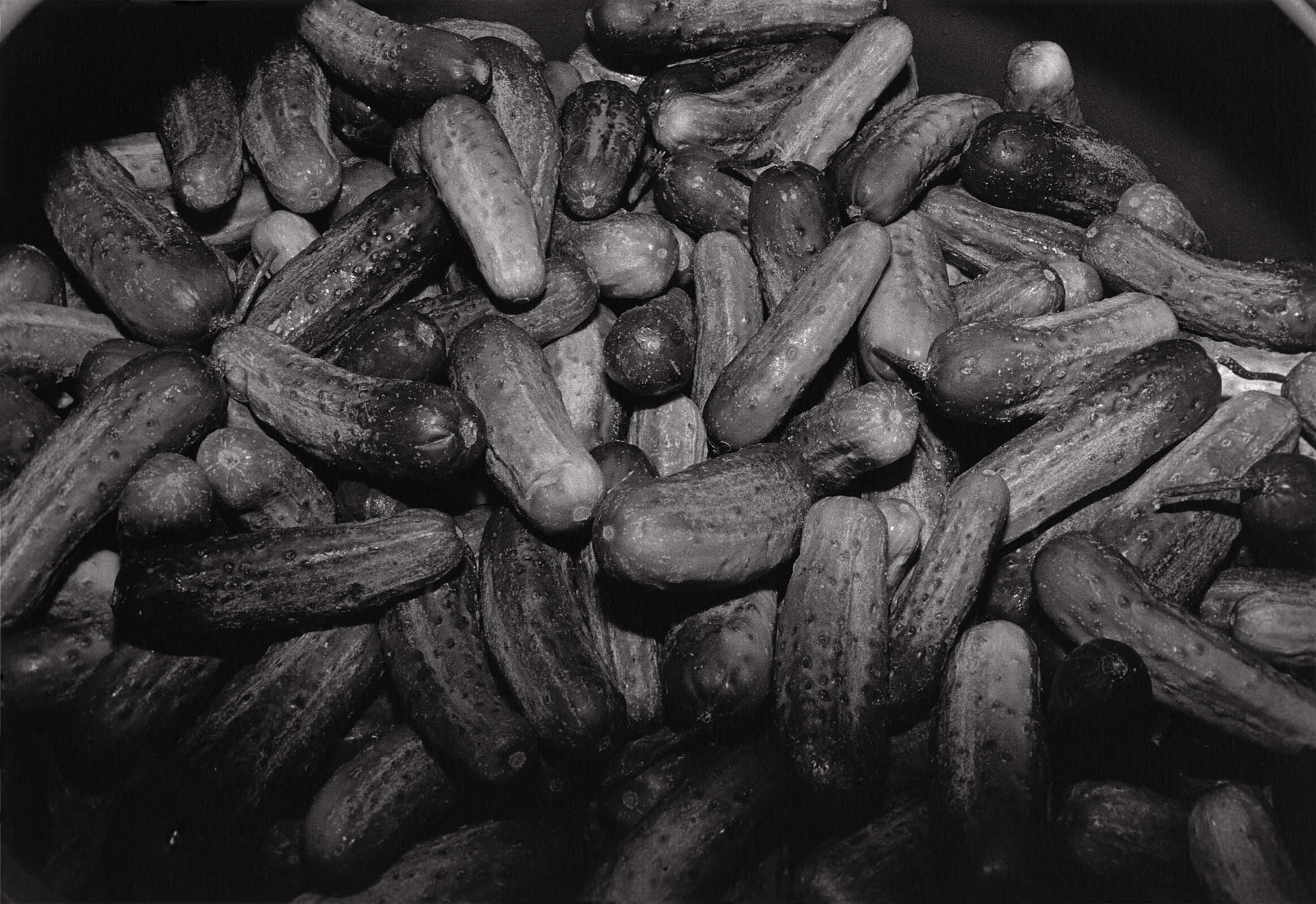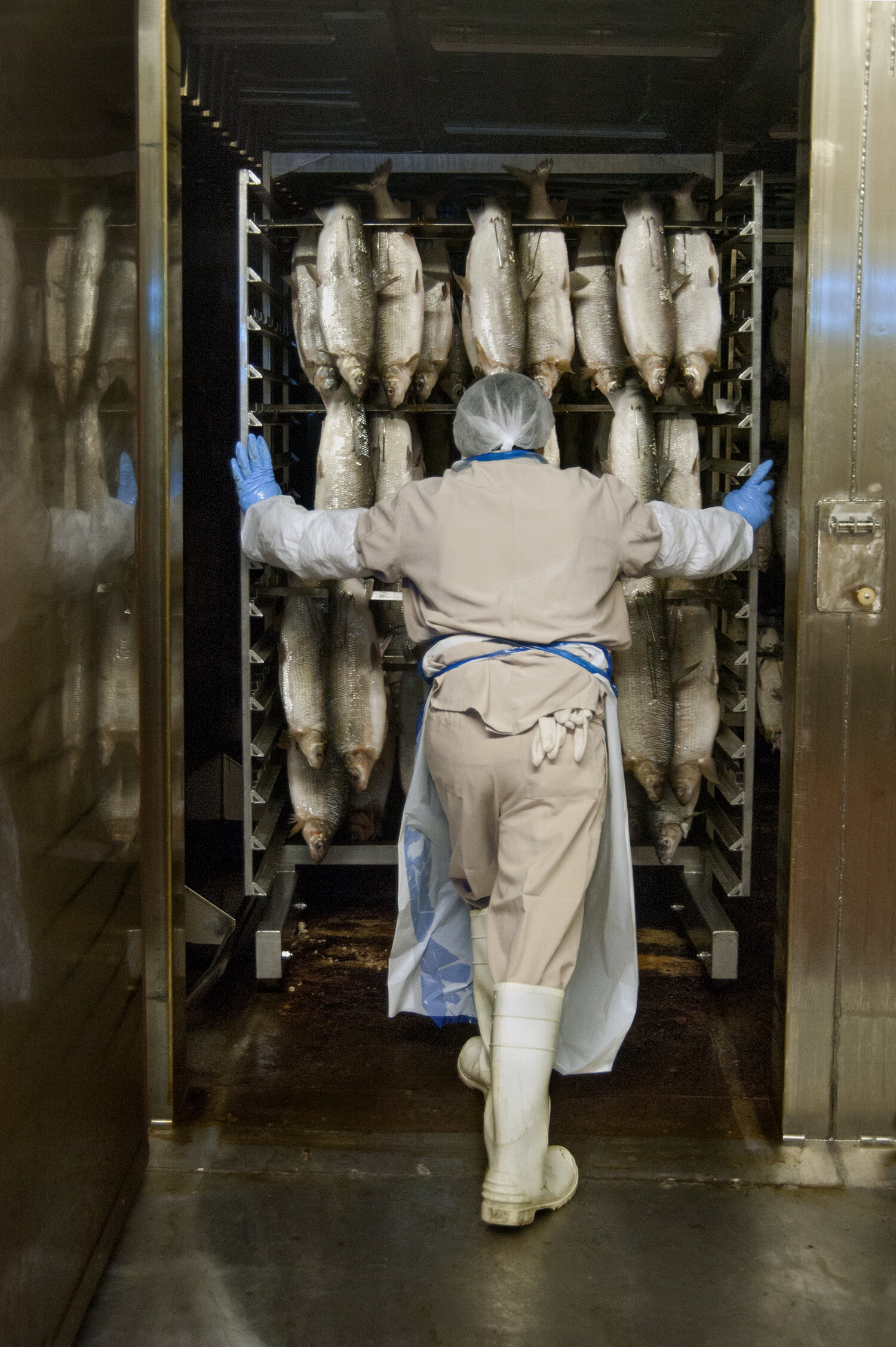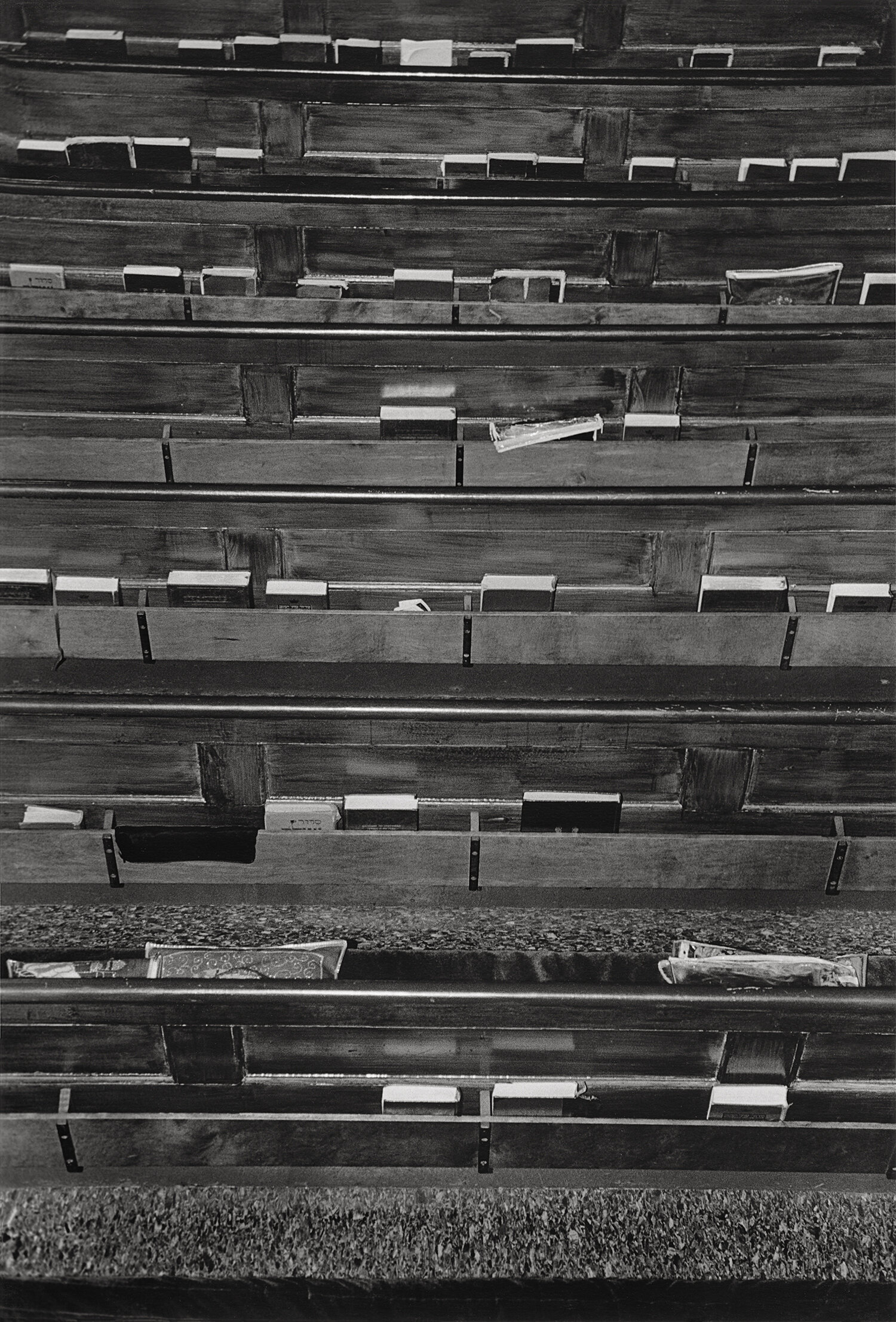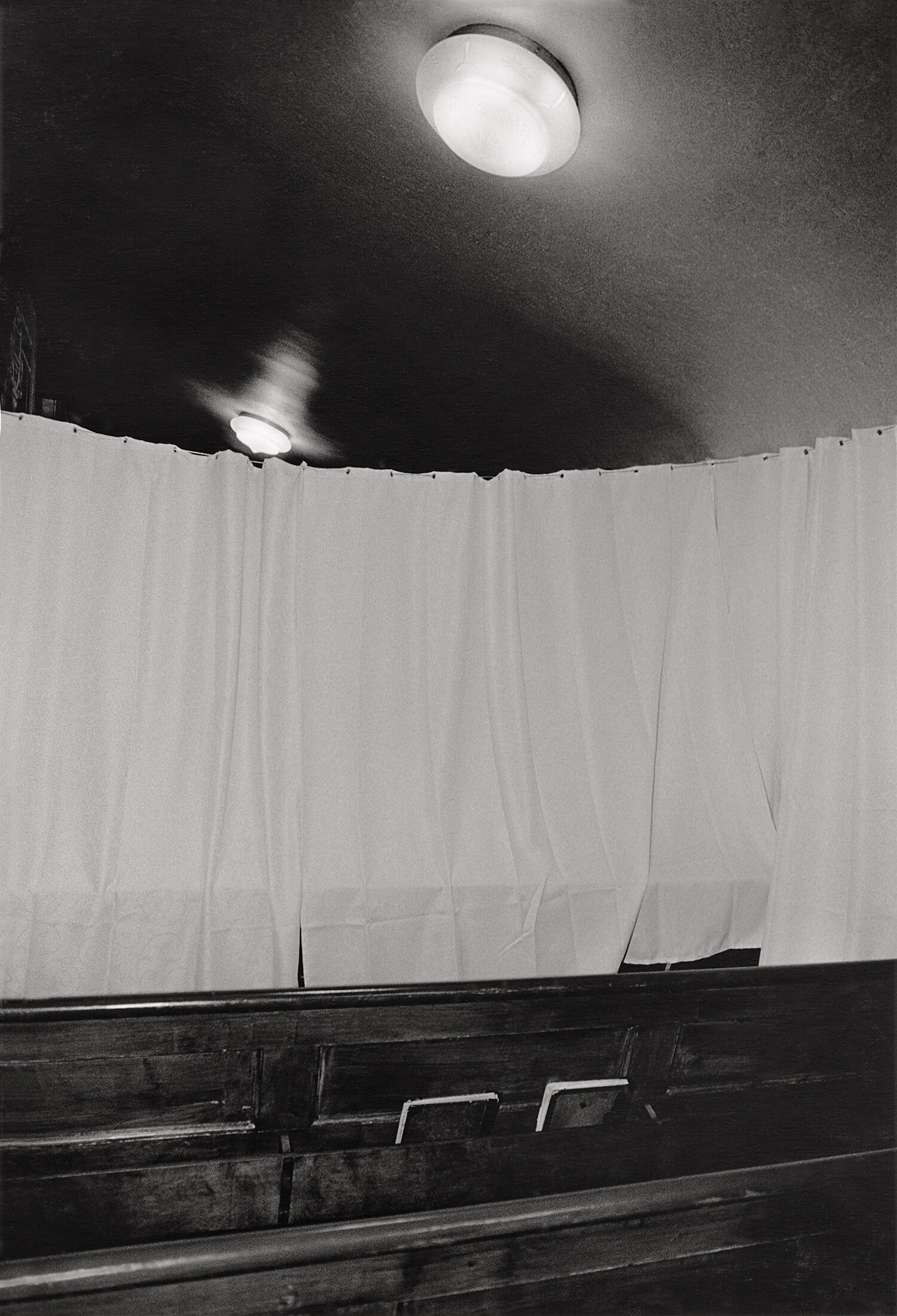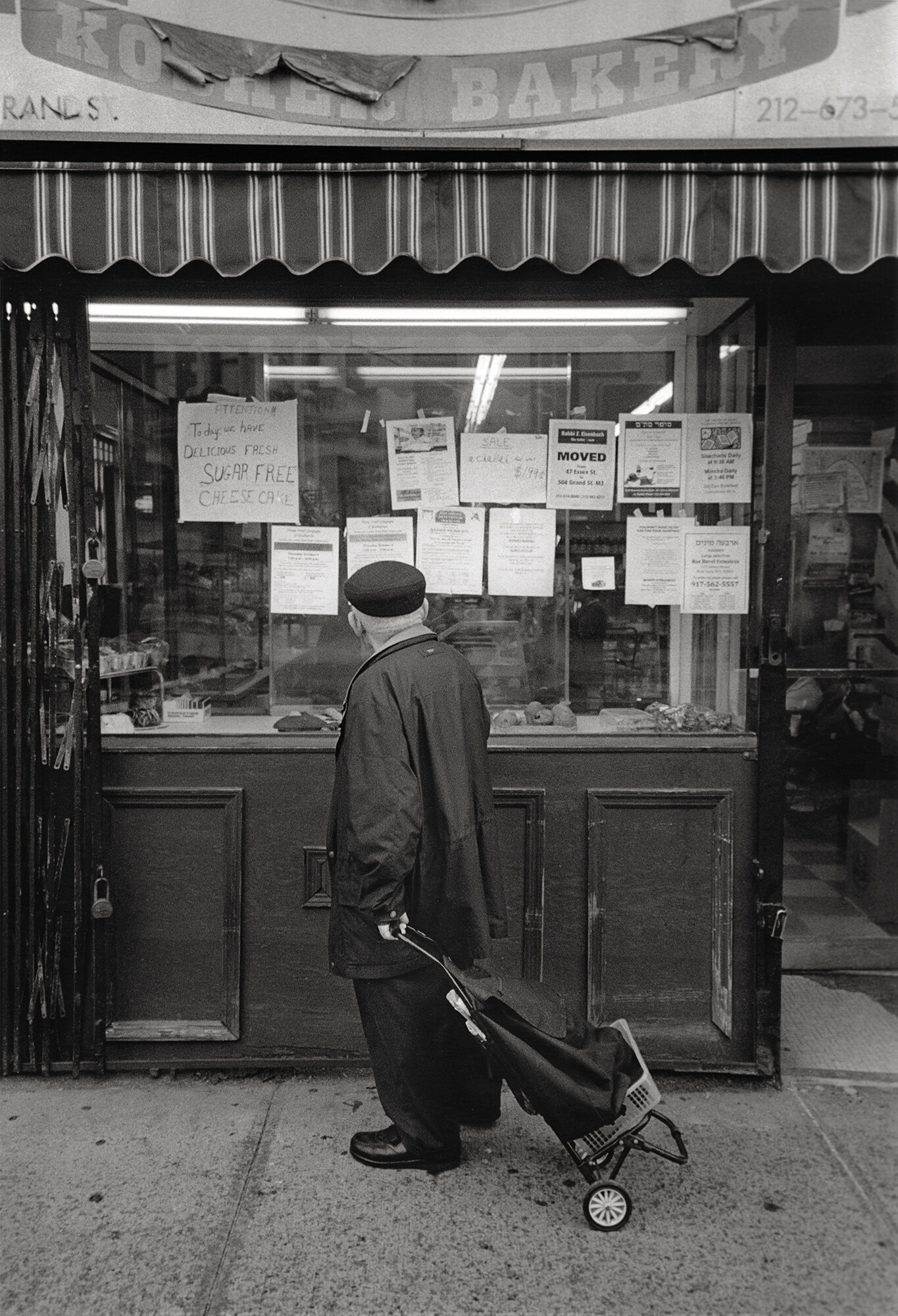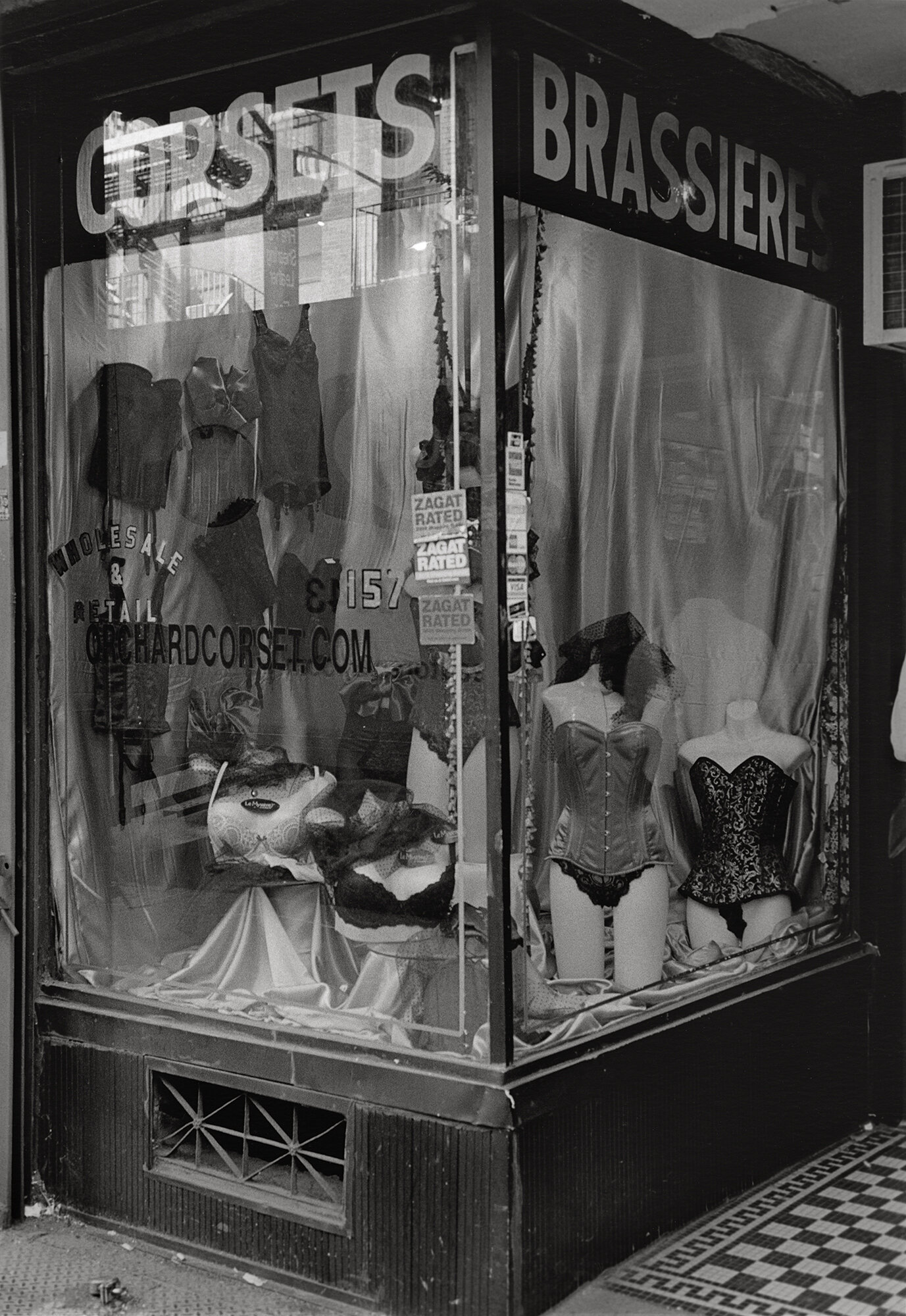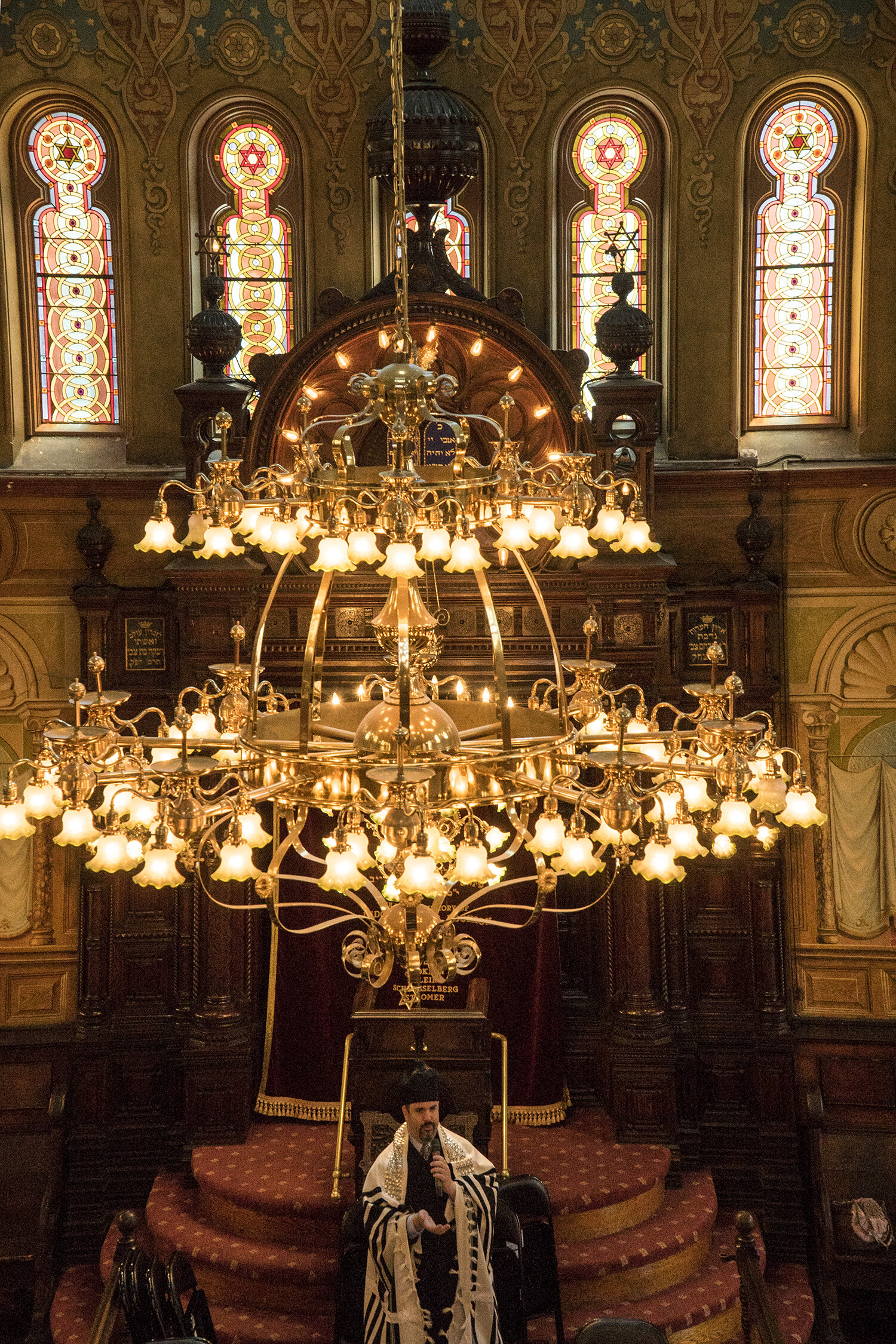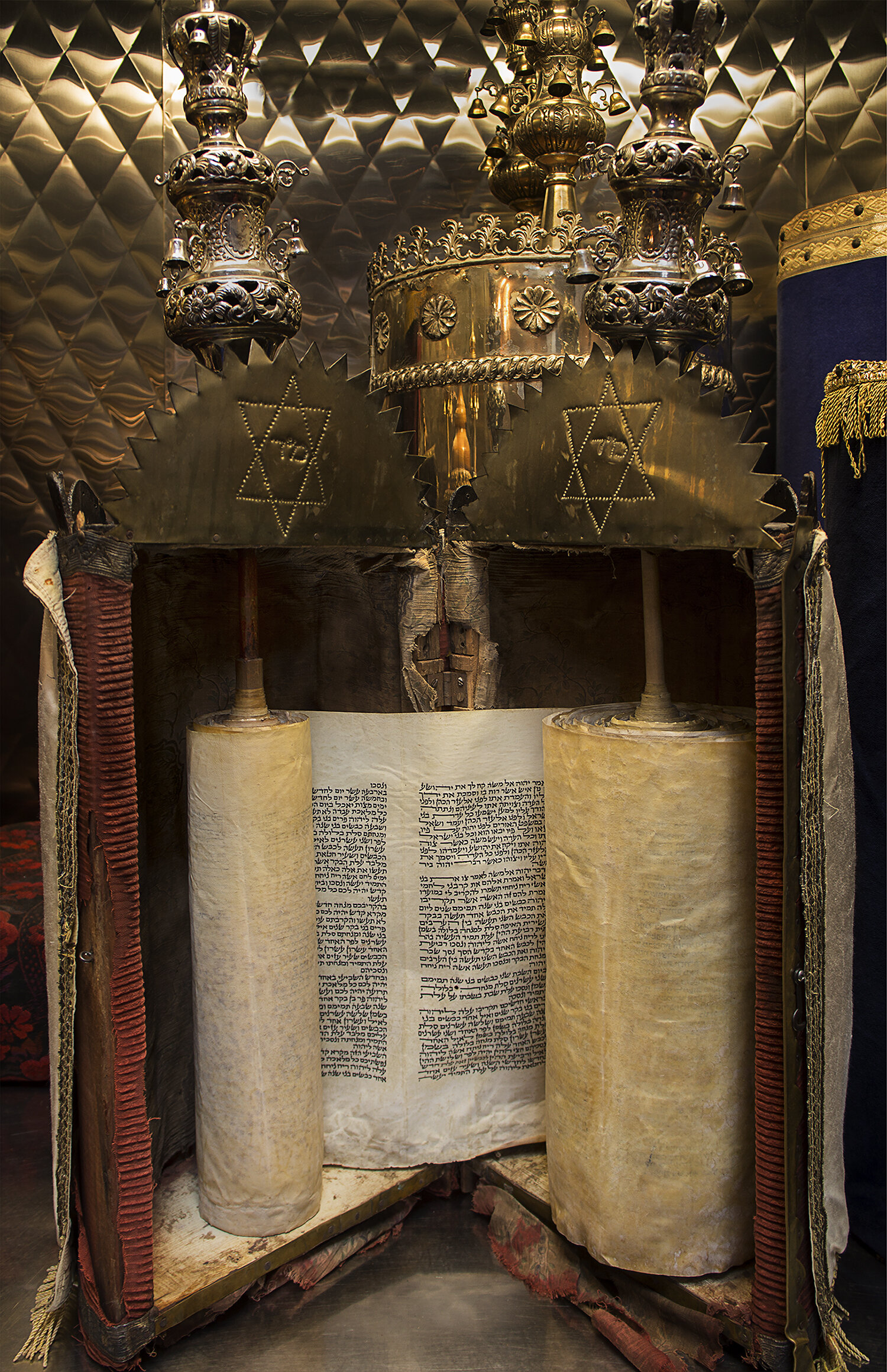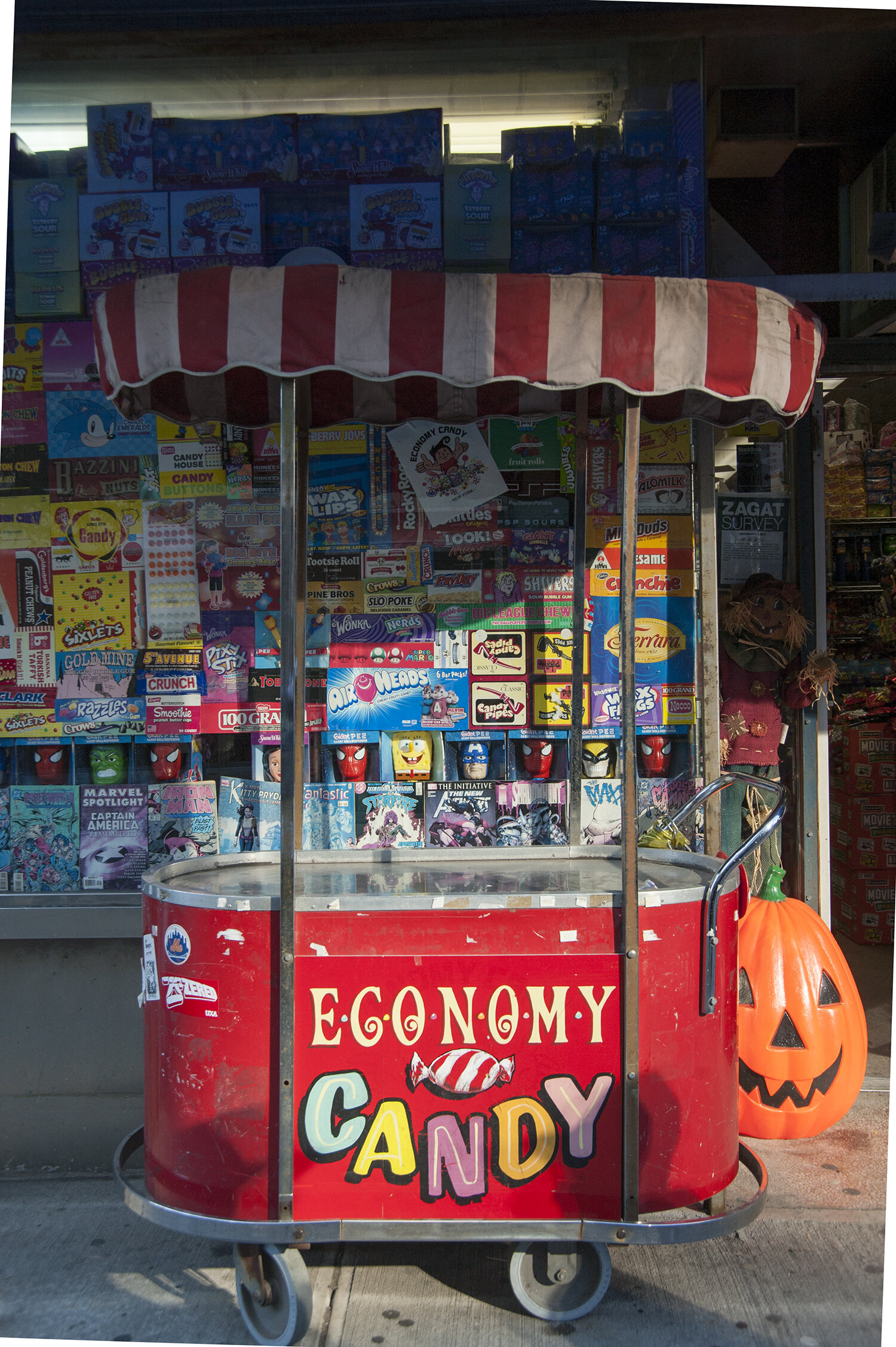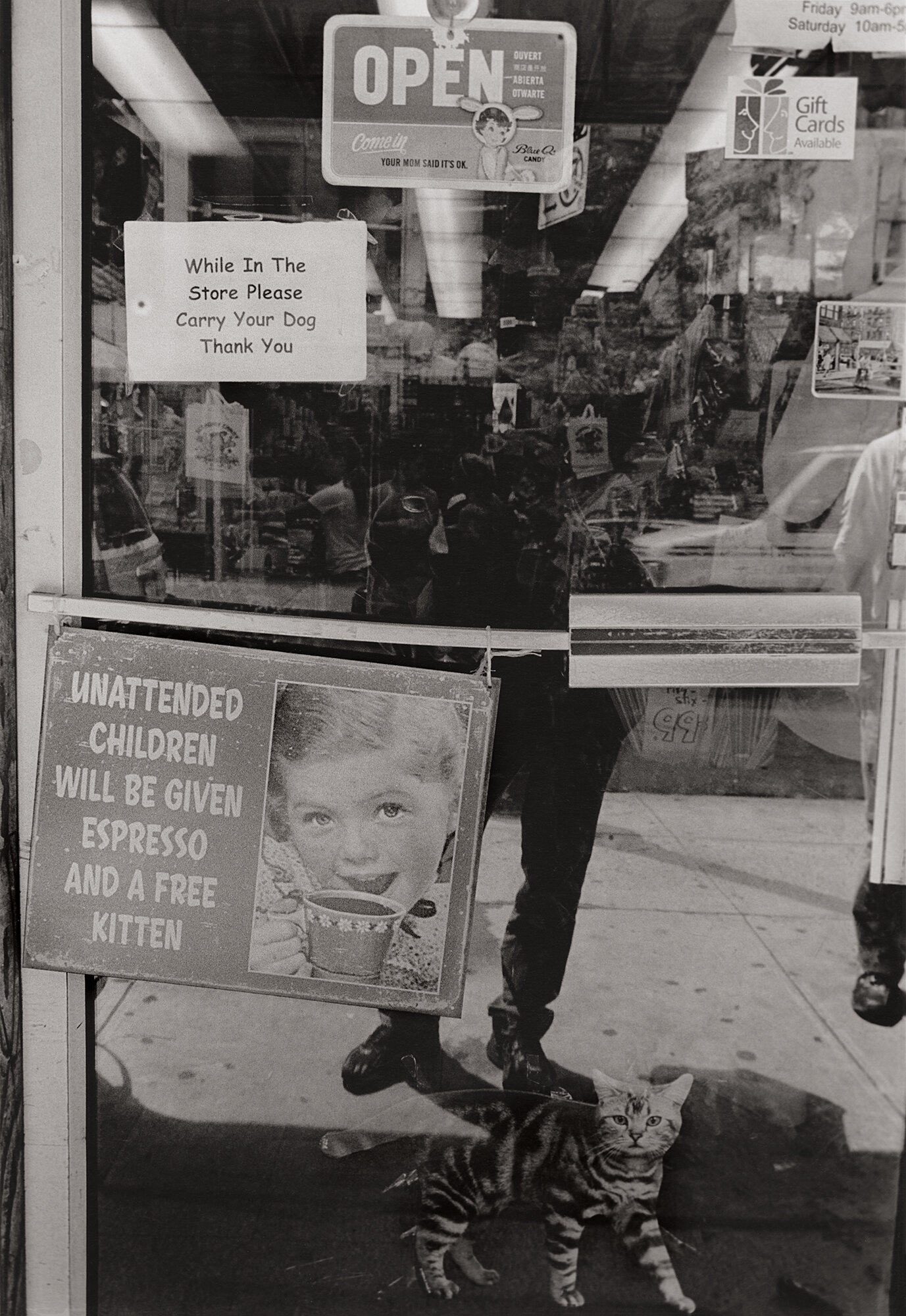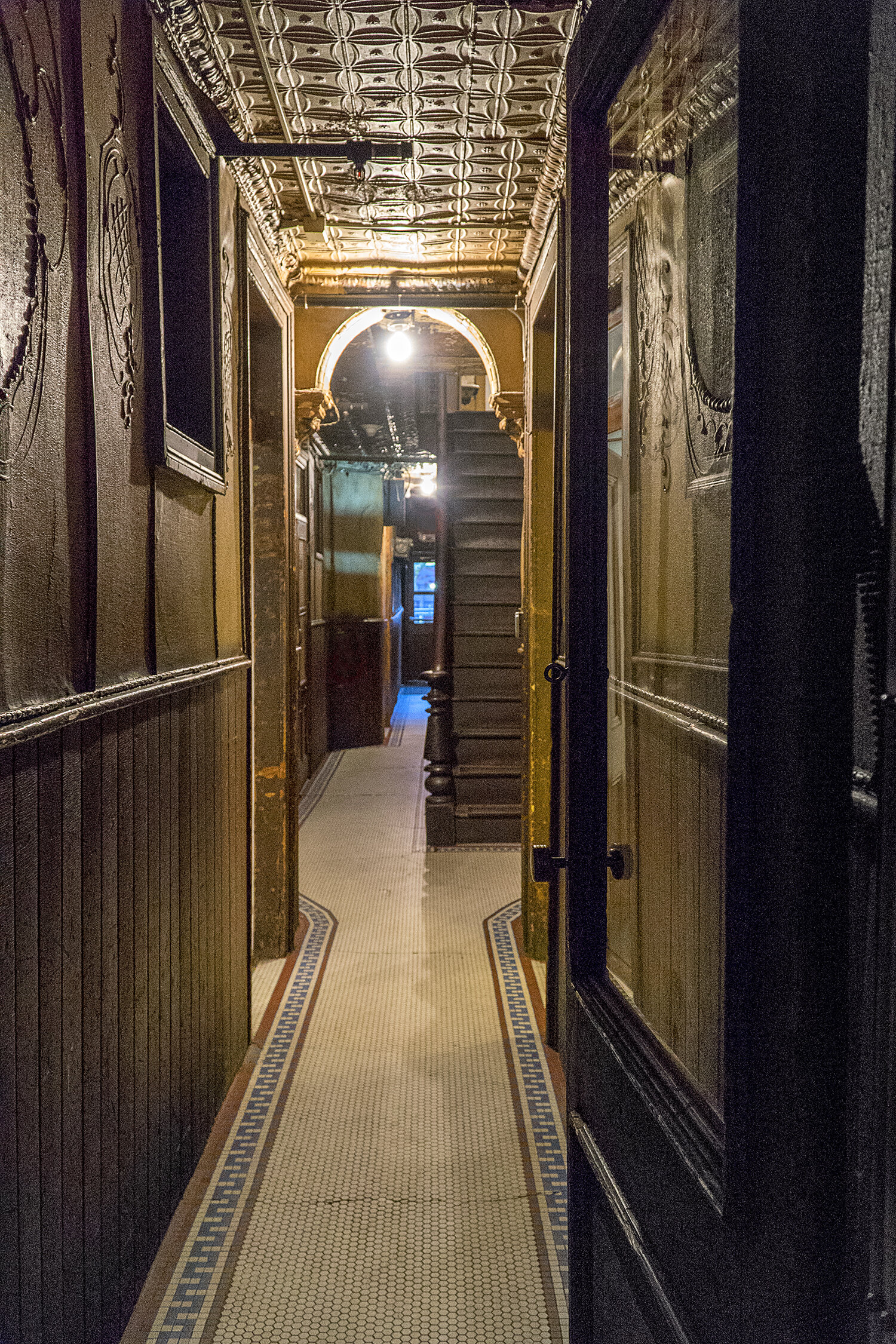Lower East Side, New York - A collaborative project with Janet Russek
Growing up Jewish in New York from all of the 5 boroughs, the Lower East Side was where you shopped on Sundays (most of the stores were closed on Saturday to observe Shabbos) for everything from clothing to linens, food, eyeglasses, etc. Over its history immigrants from many different cultures lived, worked and passed through the Lower East Side. In the days before flea markets, the Lower East Side’s streets were filled with vendors and stores. Need a pair of socks – you could come home with a gross. Same for underwear, shirts, shoes, a suit – 2 for 1! A talus for a Bar Mitzvah or a mezuzah for your door – the Lower East Side had it all. And, for you “there was always a special price – today only”.
As with most nationalities food and ceremony are a central element. Being Jewishin New York we came to associate days of the week, and especially holidays and celebrations with food. Of course, Sunday mornings were spent eating bagels, cream cheese and lox while reading the New York Times. Whether attending a Brit (Briss) or a Shiva the assortment of smoked fish always graced the kitchen table. Rosh Hashanah or Passover required a trip to the Lower East Side for provisions: Yonah Schimmel Knishery for knishes, Kossar’s Bialys for bialys, Russ and Daughters for lox and every other type of smoked fish imaginable, Guss’ for sour pickles out of the barrel, Katz’s Delicatessen for corned beef and pastrami, Economy Candy for Halvah, Moshe’s for dessert, and Sammy’s Rumanian restaurant for special occasions.
The Lower East Side is a neighborhood in Manhattan that is roughly bordered by Allen Street, East Houston Street, Essex Street, Canal Street, Eldridge Street, East Broadway, and Grand Street. It was traditionally an immigrant working class neighborhood but is currently undergoing a rapid gentrification into a “hipster” neighborhood, prompting the National Trust for Historic Preservation to place the neighborhood on their list of America’s most endangered places.
In the 1890’s Jacob Riis photographed these streets to expose the deplorable and dangerous living and working conditions of immigrants to other New Yorkers. Immigrants who came to America to seek a better life were faced with circumstances that in many cases were worse than what they left behind. Riis’ book, How The Other Half Lives,was a call for action and helped plant the seeds for numerous social welfare laws such as Child Labor, Minimum Wage, Housing and Health inspections, etc.
Since we started photographing in 1999 we have also been working with urgency. Already some of the places we photographed are gone. The generations that established the Lower East Side, the families and businesses, as well as places of worship, are rapidly disappearing, in some cases falling prey to the active real estate market and development. For some, a dwindling constituency for their products, and in other cases, dilapidation, disrepair, and neglect as we saw not so many years ago with the collapse of two historic synagogues, the First Rumanian-American Congregation also known as the Rivington Street Synagogue, and the Beth Hamedrash Hagadol on Norfolk Street.
With this book, we hope to capture the remaining remnants of the old Lower East Side, the traditional businesses and much of the old world architecture that is still very evident throughout the neighborhood.
We have been fortunate to have the help and support of many of the storeowners and community. We have been able to photograph everything from the process of smoking fish to make lox, making Matzoh from beginning to the end in the Streit’s Matzo factory, preparation and the making of traditional bialys and bagels, the making of pickles, and chopped liver made at your table at Sammy’s Roumanian. Besides photographing the shops and the streets we have also had access to a number of places of worship, some of which are the first Jewish Temples in the United States, whose histories go back to involvement with the Underground Railroad and the formation of the first Jewish communities in New York.
The Lower East Side remains a unique place in New York’s history. What Jacob Riis photographed in the 1890’s which preserved that era for history through his photography, we feel that now too is an important time in the history of the Lower East Side and it is our hope that our photographs will preserve this era for the future before so much more disappears.
We hope to capture this moment, a slice of time, and a piece of history, that photography is so well suited for.
Janet Russek and David Scheinbaum
To purchase Remnants, Photographs of the Lower East Side click here
